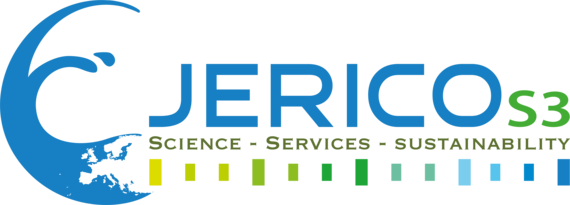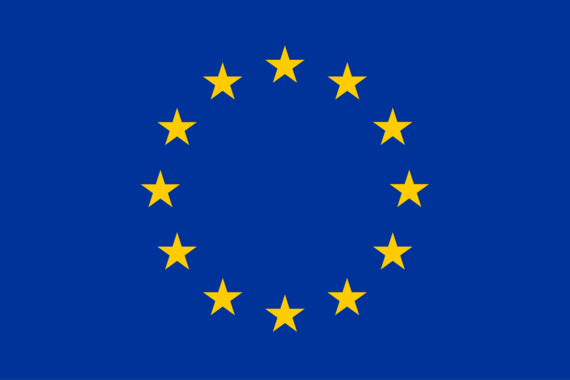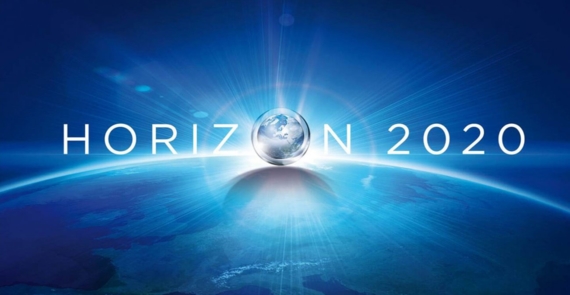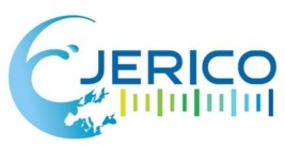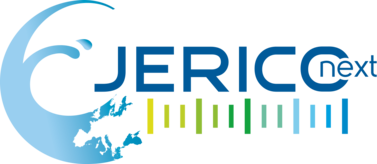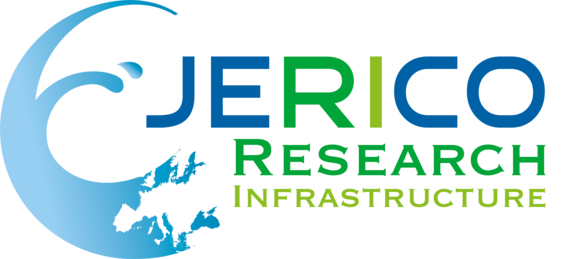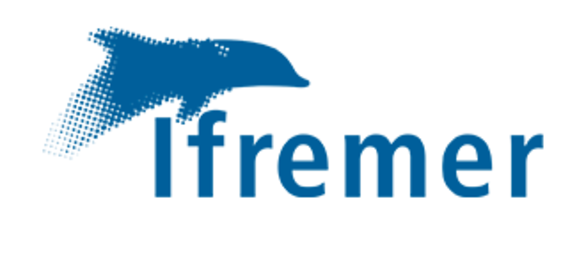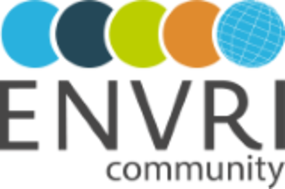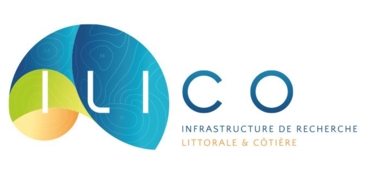JERICO-S3
The H2020 project JERICO-S3 successful for funding at the EC level
This project has received funding from the European Union's Horizon 2020 research and innovation programme under grant agreement No 871153 |
JERICO, késako ?
The series of EU-funded JERICO projects is about to start a third edition with the JERICO-S3 project. It follows
- JERICO-FP7 (2011-2014)
- JERICO-NEXT (2015-2019)
JERICO stands for Joint European Research Infrastructure of Coastal Observatories. The RI is coordinated by Ifremer since its start in 2011 and aims at improving collaboration and harmonisation between coastal observatories in Europe. After 8 years of project, its objective is to build a pan European sustainable Research Infrastructure: the JERICO-RI.
The JERICO community (39 partners and 17 EU countries today) is working together to provide powerful and structured services to observe and monitor the complex marine coastal seas with an ecosystem approach, offering state of the art capabilities to:
- Support excellence in marine coastal research and cutting edge innovation in the domain,
- Access the research observation infrastructure for international science collaboration,
- Access to high quality marine FAIR data,
- Provide expertise and best practices for an integrated multidisciplinary and interoperable system,
- Address societal and policy needs in the related domain and foster innovation potential and involving industry.
One of the fundamental characteristics of the JERICO-RI is that, rather than focusing on a single specific scientific question, it addresses a complex host of interrelated scientific issues regarding the marine coastal and shelf dynamics and environment. It will support national policy bodies to apply national environmental policies and EU ones like the MSFD by benefiting of the experience and know-how shared with other nations, specific services to get information, data, practices and expertise from a single shopping point.
JERICO-S3 : From February 2020 to 2024
JERICO-S3 will provide a state-of-the-art, fit-for-purpose and visionary observational RI, expertise and high- quality data on European coastal and shelf seas, supporting world-class research, high-impact innovation and a window of European excellence worldwide. It will be structured regionally around 4 PSS, Pilot Super Sites and 5 IRS, Integrated Regional Sites. Through this innovative structuration, JERICO-S3 is targeting a more integrative approach to better observe the coastal ecosystem, raising up the scientific excellence and developing the potential of the different sites, with consideration of the regional and local ecosystems. The preliminary development of an e-infrastructure (VRE, Virtual Research Environment) in support to scientists and users by offering access to dedicated services will help progress on the design of the RI and its strategy for sustainability. Major user-driven improvements will be realised in terms of observing the complexity of coastal seas and continuous observation of the biology, access to facilities, data and services, best practices and performance indicators, innovative monitoring strategies, cooperation with other European RIs.
JERICO AND Ifremer
Overall, 3 departments will have a major implication in JERICO-S3 : ODE, REM and IRSI. ODE will be the main actor for the implementation of the regional sites “North Sea English Channel” and “Bay of Biscay”. REM and ODE will both be involved through RDT. Focus will be put on the development of integrative and interoperable coastal observing systems as well as new monitoring and measuring tools. IRSI will be involved in the development of the JERICO-S3 VRE (Virtual Research Environment).
Finally, the JERICO-S3 project will exist within ODE and be coordinated through an RDT (Laurent DELAUNEY) / LOPS (Ingrid PUILLAT) team.
What next ?
In parallel to the JERICO-S3 project, a study of “how” to develop the JERICO-RI into a pan-European sustainable Research Infrastructure will be necessary. It aims at developing further the structuration frame and define a full structure that will interconnect the physical systems with the virtual part (as an extension of the pilot e-JERICO). The full design will consider the national strategies and visions to optimise the value of JERICO-RI for nations. The following steps are foreseeable today:
- A Design Study (proposal under evaluation - 2020-2023). It will design the place of JERICO-RI as the coastal component of EOOS. Above all JERICO-DS will make a strong case for the national engagement on a business plan to propose at the end of 2023 a legal entity for an organised RI.
- An application to the ESFRI 2021 roadmap (2020-2021, call for proposals on May 5th 2020). A key evaluation at the European level to validate the next potential step:
- A Preparatory Phase (only hypothetically, 2023-2027), preparing the implementation of the coastal RI in a continuum from land to ocean RIs in coordination with other ESFRI RIs in the marine domain. It would logically be followed by an Implementation Phase if all goes as planned.
At national level, such a European RI will have a direct impact on the French RI ILICO (coordinated in Brest by a CNRS-Ifremer team). It will support and develop the French position within major European initiatives such as the EOOS (European Ocean Observing System) or the European IR ENVRI.


